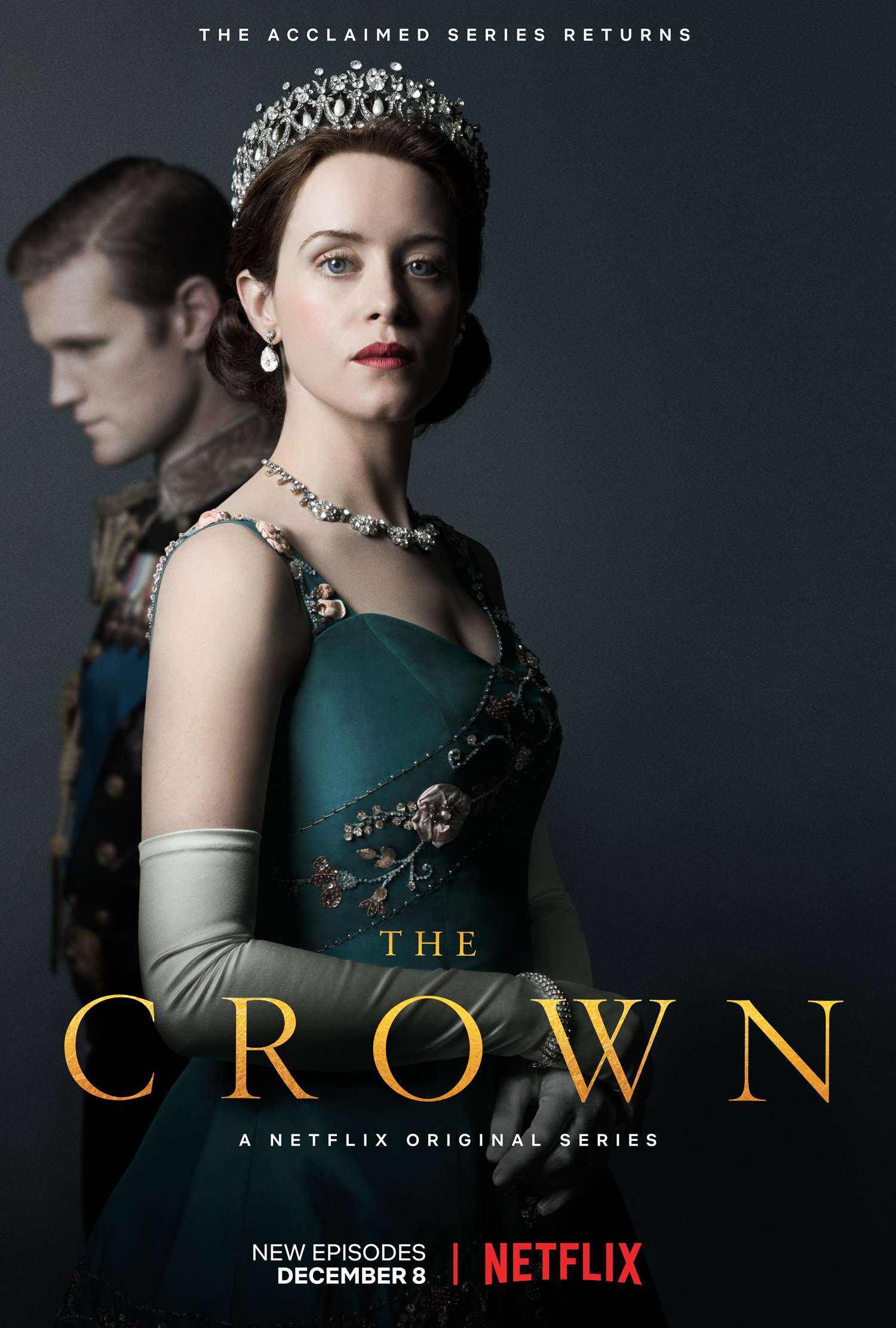Brand Luther, by Andrew Pettegree—A view of Luther through his relationship with print. Turns out Luther was persnickety about more than indulgences, Zwingli, rebellious peasants, and the Jews—he demanded quality printing and exercised tight control over not just the content but the presentation of his books. I was more genuinely interested and learned more from this book than many others I’ve read in the last few years. Outstanding.
The Earth is Weeping: The Epic Story of the Indian Wars for the American West, by Peter Cozzens—An excellent narrative history of the Indian Wars that presents all sides fairly, good and bad, and avoids ideological axe-grinding. It’s also a thrilling read, which isn’t necessary in a work of history but is always appreciated—especially as rare as it’s become today.
The Second World Wars: How the First Global Conflict Was Fought and Won, by Victor Davis Hanson—An engrossing topical history of World War II. Hanson analyzes the war from a variety of angles—command, leadership, armor, siege warfare, naval power, air power, industrial production, and many more—rather than chronologically, and pulls on some fascinating threads in order to approach the war from a fresh angle. I had the chance to interview Hanson just before Thanksgiving and hope to post a link soon.
The Autobiography of Frederick Douglass—Justly regarded as a classic. Douglass’s spare, unadorned prose, his brutal narrative, and his unflinching moral lucidity should be a challenge to any reader.
Runners Up:
Summer of Blood: England’s First Revolution, by Dan Jones—An excellent short look at the Wat Tyler rebellion, a brutal peasant uprising from the south of England crushed by a young Richard II in 1381.
Communism: A History, by Richard Pipes—An excellent short history of Communism. Pipes does not back away from pointing out what should be obvious—the problem with Communism is, and always has been, Communism.
Children’s and Picture Books
Shooting at the Stars, written and illustrated by John Hendrix—A beautifully illustrated account of the 1914 Christmas truce, one of the few bright spots in the miserable opening act of history’s bloodiest century.
The Silver Chair, by C.S. Lewis—A classic that should need no introduction. For all the Lewis I’ve read, I still haven’t read all of the Chronicles of Narnia. I’m one step closer to fixing that. Puddleglum should rank as one of the great characters of twentieth century fiction.
The Tale of Troy, by Roger Lancelyn Green—Excellent distillation and adaptation of the myriad Trojan War legends. Several passages, for all their brevity in this form, are still quite moving.
Twenty and Ten, by Claire Huchet Bishop—A favorite from fourth or fifth grade, the story of twenty French Catholic school children who come together to protect ten Jewish children from the Nazis during World War II.
Pompeii: Buried Alive! by Edith Kunhardt Davis, illustrated by Michael Eagle—A very good account of the destruction of Pompeii suitable for young readers. What attracted me to this book was the illustrations by Michael Eagle, who also illustrated The Trojan Horse, one of my favorite books as a child.
Runners Up:
The Princess and the Goblin, by George MacDonald
The Shakespeare Stealer and Shakespeare’s Scribe, by Gary Blackwood
Found, by Sally Lloyd-Jones, illustrated by Jago
Medallion, by Dawn L. Watkins
Classics
How to Grow Old, by Cicero—A translation of De Senectute (On Old Age), one of a batch of philosophical treatises Cicero produced in his last two years of life. A very good meditation on aging—not just consolation as one grows older, but encouragement to embrace the changes and positives of age in accordance with the Stoic principles of Reason and Nature. Excellent.



















